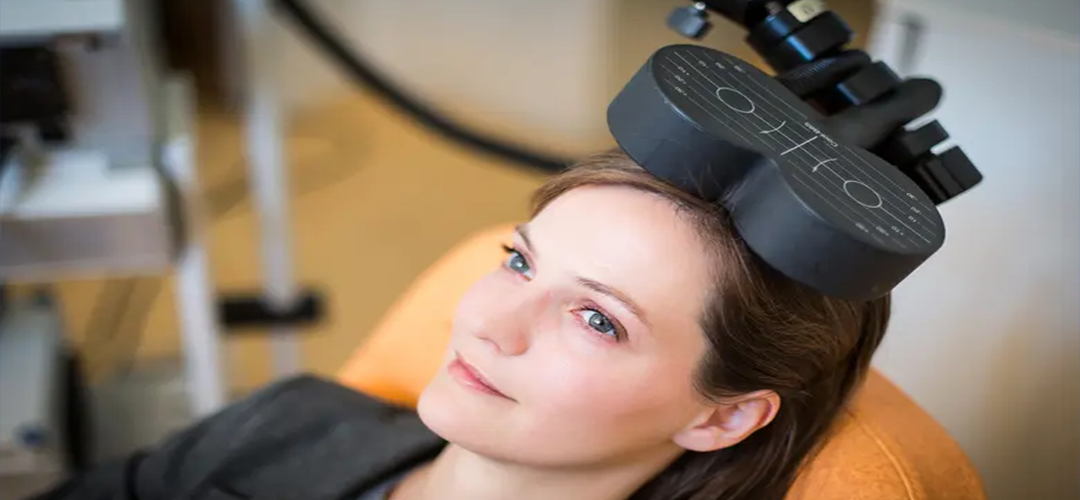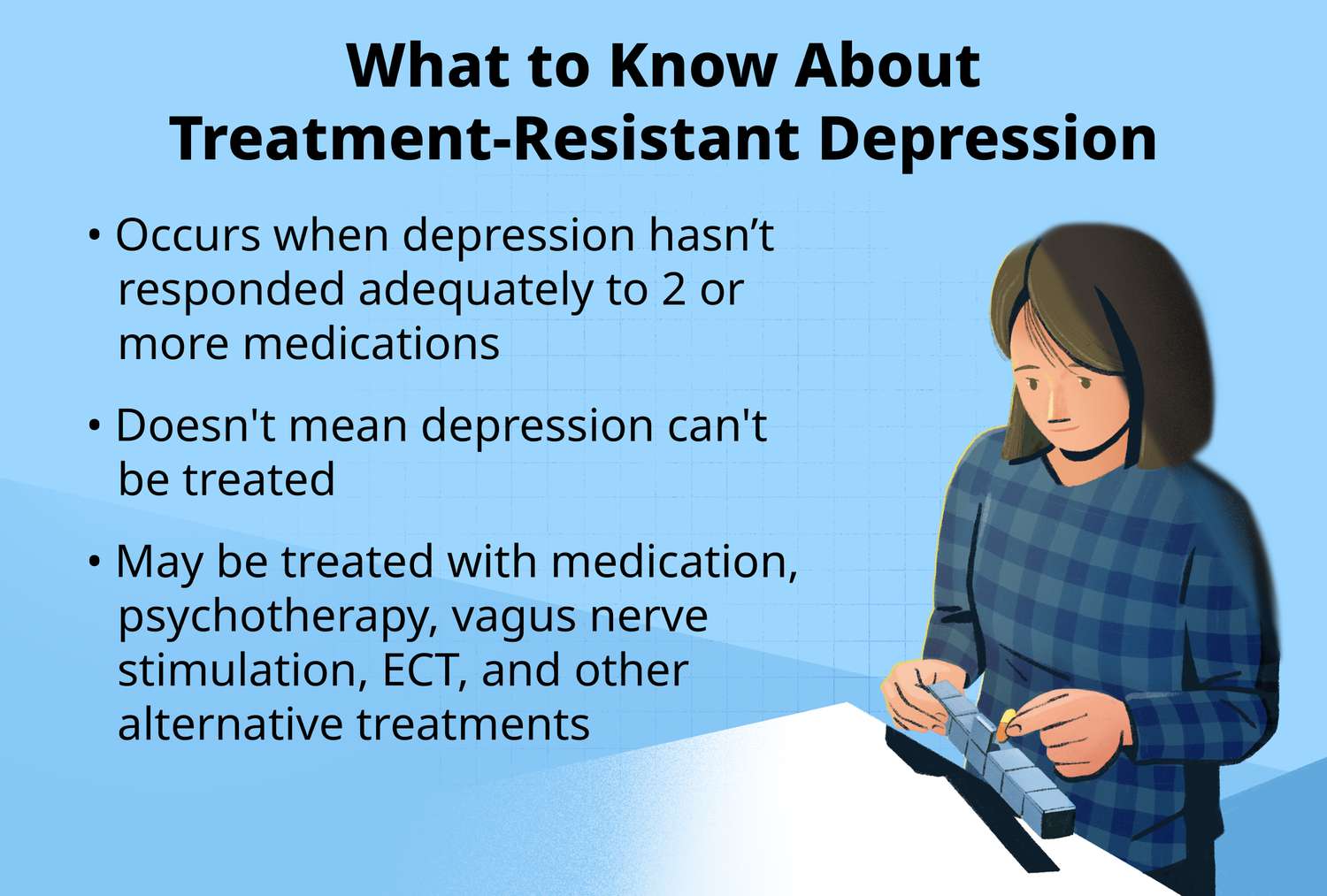Treatments for Treatment-Resistant Depression
March 16, 2024 | Expert Insights

Advances in Treatment-Resistant Depression (TRD) medicines tend to make headlines because they represent hope for people who have not responded to traditional treatments. These breakthroughs, such as new drugs, therapies, or technologies, can have a substantial impact on the mental health sector by providing new options for managing a difficult condition. As mental health awareness improves, such advances attract public and media attention because of their potential to improve the quality of life for many people.
Background
A failure of two or more antidepressants taken and prescribed at a maximum dose for at least six weeks is diagnosed as Treatment-Resistant Depression. Treatments for TRD are wide-ranged since the approach to them is highly centred around the individual needs of the person. On the milder but still disruptive levels of depression, psychiatrists recommend dietary changes, exercise, medical evaluations with comprehensive bloodwork and medications, psychotherapy or talk therapy, restorative sleep, and supplements (vitamins and minerals, especially if there is a deficiency). On the other end, neuromodulation techniques like electroconvulsive therapy, involve small electric pulses that pass through the brain and alter brain chemistry. While it is often negatively portrayed by social media, it is a prevalent technique to treat severe cases of depression. Repetitive transcranial magnetic stimulation (rTMS) delivers magnetic pulses in the brain to stimulate or inhibit nerve cells in parts of the brain linked to mood regulation.
Light therapy is another practical favourite, like rTMS, for treating depression, especially if it is seasonal. When depressive episodes begin around the fall season, the issue is related to seasonal depression. Psilocybin, also known as ‘mushrooms”, have been under study as a possible depression treatment. There is limited data available on whether it is better than antidepressant medication, but it has fewer side effects. Another method is ketamine, that’s been shown to help relieve TRD within hours. Despite the controversy surrounding its use, its effectiveness in severe cases with limited options is remarkable. Nitrous oxide (N2O), or “laughing gas” has similar effects as Ketamine and is fast-acting, but still vaguely understood in the best way to administer it. Psychotherapy or talk therapy is the fundamental beginning of every treatment and helps people understand their mental or emotional blocks. It also gives the pharmacologist an insight into the best possible treatment for specific cases because underlying predictors can be assessed during this step.

Analysis
Treatment-resistant depression (TRD) impacts up to 30% of individuals with major depressive disorder (MDD). It is linked to a high relapse rate, functional impairment, decreased quality of life, suicidal thoughts and attempts, self-injurious behaviour, and recurrence. The prevalence of TRD is poorly understood due to the variability of criteria and methodology, as well as a scarcity of epidemiology-related studies. Treatment-resistant depression presents several obstacles, including the requirement for comprehensive therapies that go beyond traditional drugs and psychotherapy. Alternative therapies include repetitive transcranial magnetic stimulation (rTMS), ketamine injection, electroconvulsive therapy (ECT), and vagus nerve stimulation. Lifestyle changes such as stress management, better sleep, and regular exercise can improve treatment effects. Adherence to treatment regimens and seeking support for drug use disorders are critical for effective depression treatment. TRD increased with age, ranging from 11.4% in patients under the age of 18 to 28.3% in those over the age of 65. In real-world clinics, not all patients will be treated or transitioned to another course of therapy.
A large part of the diagnoses is in the trial and error process. It can be frustrating and challenging because assessments cannot be generalised, and clear predictors for each case are still elusive. Developments in psychology and psychiatry have had a tremendous impact on the ability to aid mental health journies. However, it is challenging to get to the root in many rare cases, so controversial yet effective treatments, as mentioned above, are used to treat them. Practitioners appreciate focusing on a more “here and now” method when dealing with depression to help ground the patient with reality in a capable way. Using Psilocybin in controlled environments and combined with psychotherapy has been shown to reduce symptoms in some people, although it's still under evaluation and not yet FDA-approved. Ketamine and its nasal spray variant, esketamine, operate through a different mechanism by affecting the glutamate system, which is involved in brain plasticity and the formation of new neural connections.
Assessment
- Alternative therapies include repetitive transcranial magnetic stimulation (rTMS), ketamine injection, electroconvulsive therapy (ECT), and vagus nerve stimulation.
- Policy measures that could benefit patients with TRD include improving access to mental health services, providing insurance coverage for a broader choice of treatments, including novel and experimental therapies, and investing in mental health research to find more effective treatments.
- Measures that promote mental health education and reduce stigma can create a more supportive atmosphere for people with TRD.
- People with TRD can benefit socially from community support groups, where they can share their experiences and coping skills with others facing similar issues.
- Encouraging social interaction and activities and educating family and friends about TRD can all assist in building understanding and empathy.








Comments